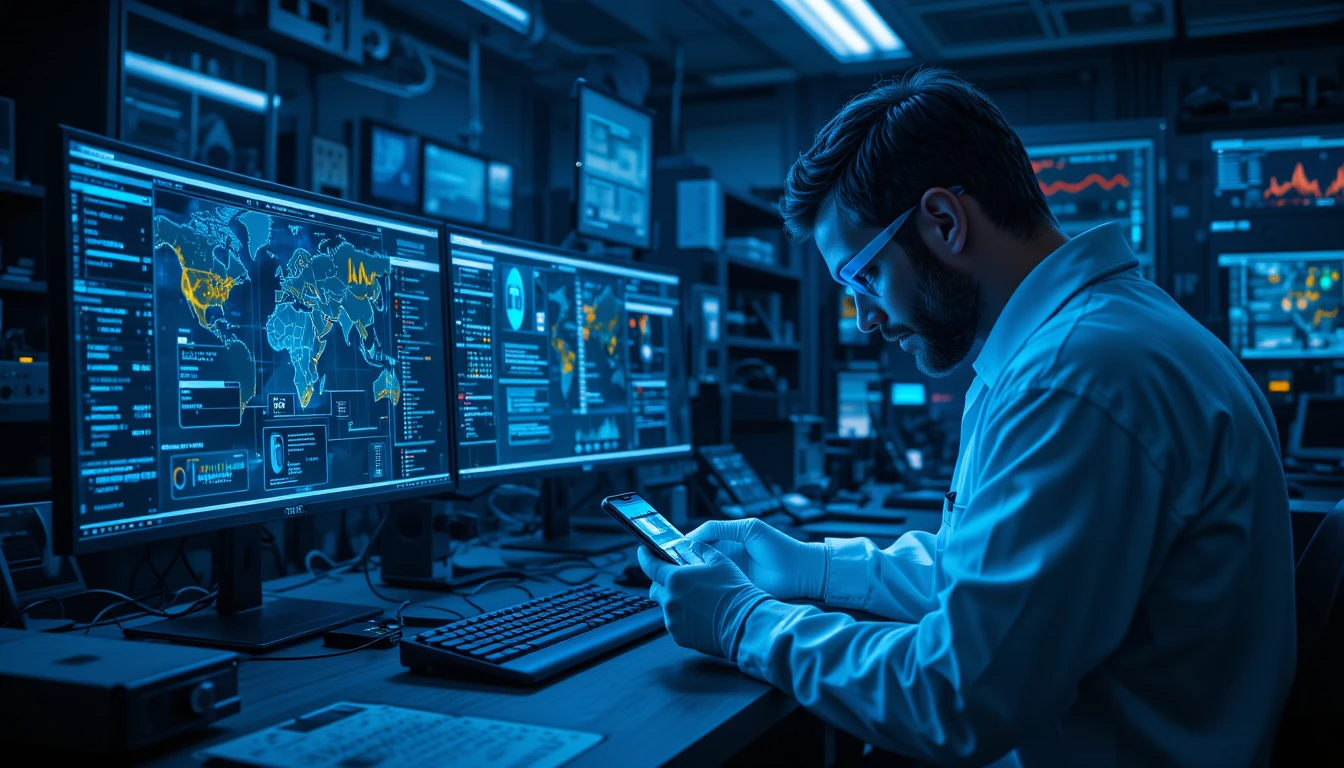Introduction
In modern investigations, mobile devices have become one of the most valuable sources of digital evidence. Smartphones, tablets, and even smartwatches store an enormous amount of personal and location data — often more than a traditional computer.
Whether it’s a criminal case, a corporate dispute, or a cybersecurity breach, mobile devices can reveal where someone was, who they communicated with, and what they did online.
This article explains why mobile devices are critical in digital forensics, explores famous real-life cases, and shares best practices for investigators.
1. Mobile Devices Hold Vast and Varied Data
Modern mobile devices store:
-
Call logs, contacts, and messaging history (SMS, MMS, encrypted apps)
-
Emails and file attachments
-
Photos, videos, and audio recordings
-
GPS and location history
-
Social media interactions and app activity
-
Internet browsing history and cached data
-
Banking and payment transaction records
This data can help establish timelines, connections, and motives, making it invaluable in building a case.
2. Geolocation and Movement Tracking in Investigations
With built-in GPS and location services, mobile devices can:
-
Place a suspect at or near a crime scene
-
Verify or disprove an alibi
-
Map a person’s movements over time
-
Show connections between multiple suspects or victims
Example: In the Boston Marathon bombing investigation (2013), mobile phone location data helped track the suspects’ movements and communications before and after the attack.
3. Communication Patterns as Evidence
Text messages, call logs, social media chats, and even encrypted messaging can uncover:
-
Relationships between suspects and victims
-
Patterns of behavior
-
Coordination in criminal activities
Example: The BTK Killer (Dennis Rader) was linked to his crimes partly through digital data from his devices, combined with metadata analysis from other media.
4. App Data and Cloud Syncing
Apps can store sensitive, case-relevant information:
-
Banking apps: Transaction history
-
Ride-sharing apps: Trip records
-
Health apps: Movement patterns and step counts
-
Social media: Posts, private messages, and friend networks
Cloud syncing means that data on a mobile device can unlock access to other platforms like Google Drive, Dropbox, or iCloud — expanding the scope of evidence collection.
5. Legal and Technical Challenges in Mobile Forensics
While mobile devices are powerful evidence sources, investigators must:
-
Obtain a search warrant or proper legal authorization
-
Preserve chain of custody to ensure court admissibility
-
Use forensically approved tools to prevent altering original data
-
Address encryption and privacy barriers
Example: In the San Bernardino shooting case (2015), investigators faced major challenges when trying to access an encrypted iPhone, sparking a national debate on privacy vs. security.
6. Lifehacks for Handling Mobile Devices in Forensics
-
Isolate the Device – Use a Faraday bag to block network signals and prevent remote wiping.
-
Preserve Battery Life – Disable unnecessary functions like Bluetooth, Wi-Fi, and GPS until analysis.
-
Use Trusted Forensic Tools – Only extract data with verified forensic software to maintain integrity.
-
Document Every Step – Keep a detailed log of all handling and analysis for legal admissibility.
Conclusion
Mobile devices are critical to digital forensics investigations because they store a wide range of personal, location, and communication data. This evidence can confirm timelines, identify suspects, and reveal hidden connections.
By combining technical skill, legal compliance, and forensic best practices, investigators can unlock vital clues — often solving cases that might otherwise remain mysteries.
FAQs About Mobile Devices in Digital Forensics
Q1: Can deleted data be recovered from a mobile device?
A: Often yes — forensic tools can recover deleted messages, photos, and logs unless overwritten.
Q2: What should be done if a mobile device is found at a crime scene?
A: Do not turn it on or off. Place it in a Faraday bag to prevent remote access, then hand it to a certified digital forensics expert.
Q3: How long does mobile device analysis take?
A: It can take anywhere from hours to days, depending on device size, encryption, and data complexity.
Q4: Are there privacy issues in mobile forensics?
A: Yes — investigators must follow strict legal protocols to avoid violating privacy laws, including obtaining proper warrants.

